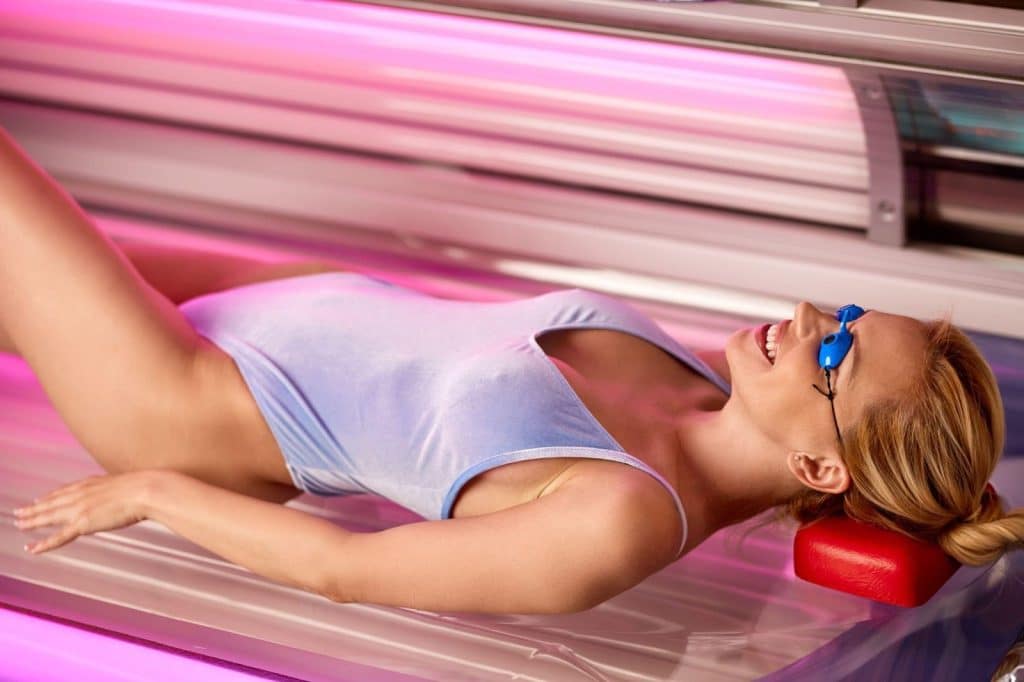In clinics and at home, red light therapy has recently emerged as a prominent health treatment with a variety of purported benefits. A full spectrum infrared sauna has been suggested to aid tissue healing, contribute to hair growth, and possibly improve sleep. While not every claim has been thoroughly researched, red light therapy shows some evidence-based benefits for certain uses.
How Does Red Light Therapy Work?
Whether using a medical grade red light therapy sauna or a simple face mask, treatment is generally a simple process. Low levels of red light, typically wavelengths of 660 or 850 nanometers, are able to penetrate the skin and tissue. In doing so, the red light may help boost cellular metabolism and energy production, among other notable benefits. Of course, effectiveness is often determined by the product.
For instance, a clinical treatment might be more consistently effective than an at-home alternative, but it can be costlier and less accessible. On the other hand, at-home solutions like the portable sauna from Peak Saunas may result in better outcomes when compared to face masks. Ultimately, the best solution is largely determined by the preferences of the individual user.
Suggested Benefits of Medical Grade Red Light Therapy
Hair regeneration and wrinkle reduction, which have been studied in association with red light therapy for decades now, show the most promising early research results. Other treatment applications require further study. That said, several applications of red light therapy may be validated as scientists continue to explore the potential benefits of light waves on human biology.
“While [some applications] have fairly robust evidence to support the use of red light therapy, other applications, such as improving athletic performance, lack data. Since red light devices come in a variety of shapes and sizes… measuring their comparative effectiveness can be like comparing apples with oranges,” Hanae Armitage wrote for Stanford Medicine.
The most promising evidence for red light therapy’s benefits relates to vasodilation, or the widening of blood vessels. This dilation allows more blood and nutrients to reach hair follicles or areas of the skin, which could contribute to hair growth and wrinkle reduction. Whether this process can benefit the body in other ways remains to be seen, but the potential is apparent.
Other Potential Applications of Red Light Therapy
Aside from these scientifically supported use cases for red light therapy, there are several other supposed applications for this treatment. The most prominent of these involve the reduction of joint pain and inflammation, the promotion of collagen production and skin elasticity, and improved bodily recovery processes. Evidence exists for these applications, but it is scarce compared to that for hair growth and wrinkle reduction treatments.
“Overall, studies show that there’s benefit with hair growth, and there’s evidence to suggest it can reduce inflammation of tissues. But it all depends on the strength and duration of the treatment,” Zakia Rahman, MD, told Stanford Medicine.
Combining Red Light Therapy and Saunas
As noted, red light therapy is likely beneficial due to its effect on vasodilation. By combining this with a sauna experience, which increases blood flow and sweating by raising the heat in an area, it is possible that patients could further benefit. After all, if blood flows more quickly and freely through the body, it may contribute to accelerated stimulation of hair growth and wrinkle reduction, among other results.
FAQs
Q: What does “medical grade” mean in red light therapy?
A: Typically, this refers to devices that use clinically-tested wavelengths and intensities.
Q: Is red light therapy safe for daily use?
A: When used according to the provided guidelines, it is generally considered safe for frequent use.
Q: What are the benefits of combining red light with infrared?
A: Red light targets cell growth through vasodilation, while infrared heat promotes circulation.
